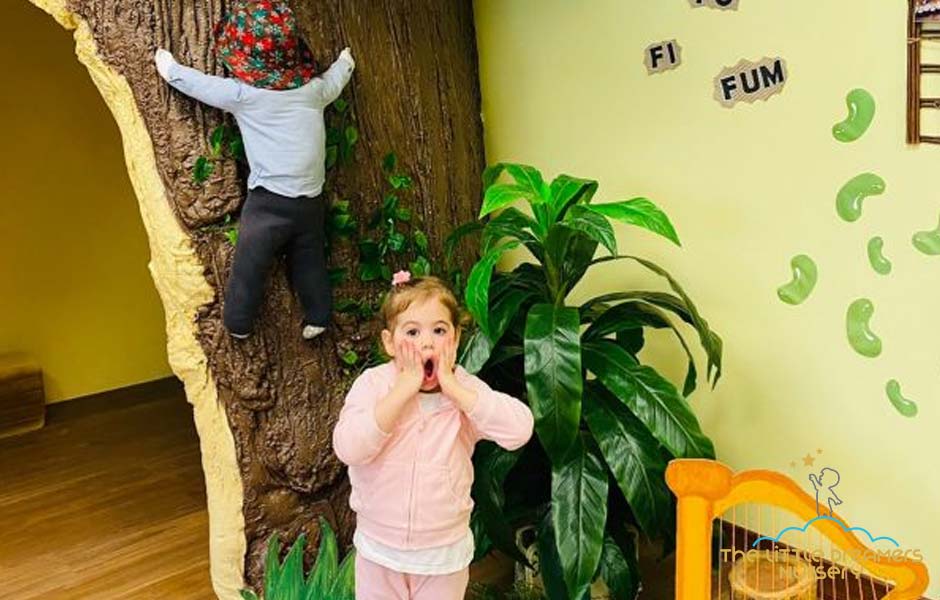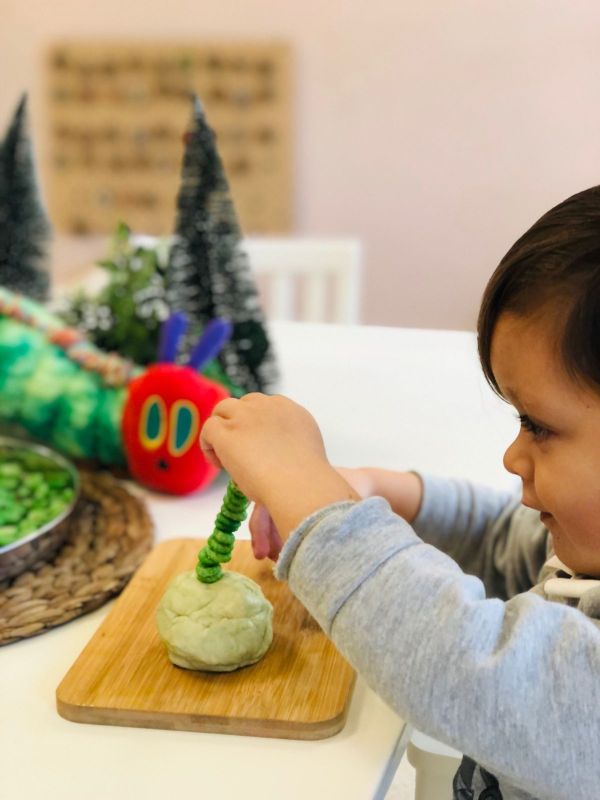How to Foster Creativity and Imagination in Children
In this article, we will explore how parents and caregivers can foster creativity and imagination in nursery children in Dubai. We will cover why imagination is important in child development, how it helps in learning, and how to encourage highly imaginative children.
We will also delve into why some children are more imaginative than others and why toddlers have imaginary friends. Finally, we will introduce The Little Dreamers Nursery, a leading nursery in Jumeirah that prioritizes creativity and imagination in its nursery curriculum.
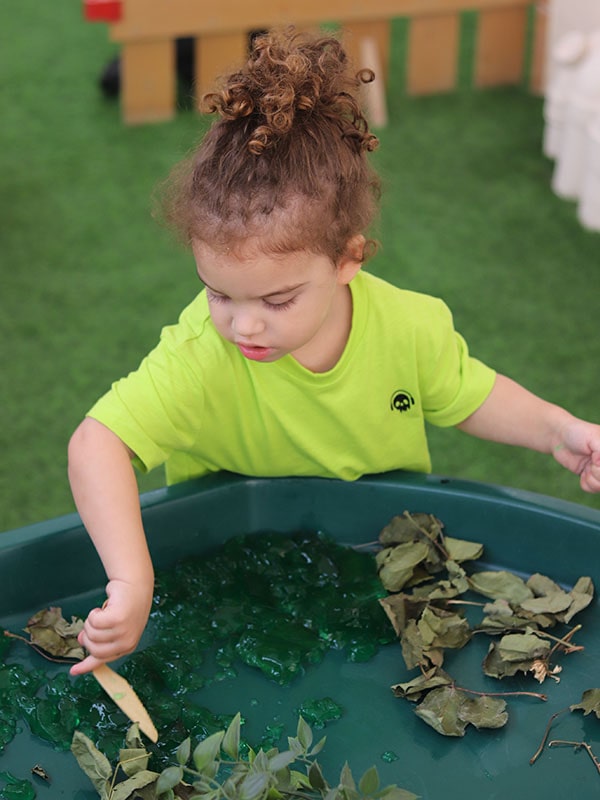 Table of Contents
Table of Contents
- Why is imagination important in child development?
- How does imagination help in learning?
- Highly imaginative child: traits and characteristics
- Why some children are so imaginative?
- Why Toddlers Have Imaginary Friends
- Tips for Fostering Creativity and Imagination in Nursery Children in Dubai
- Creative activities for Nursery Children in Dubai
- How to encourage imaginative play
- The role of storytelling in developing imagination
- The benefits of outdoor play for creativity and imagination
- The importance of free play
- How technology affects creativity and imagination
- How The Little Dreamers Nursery promotes creativity and imagination
- Curriculum Highlights at The Little Dreamers Nursery
- Conclusion
-
Why is imagination important in child development?
Imagination is a crucial aspect of child development as it plays a vital role in building cognitive, social, and emotional skills. When children use their imagination, they explore new possibilities, ideas, and experiences, and this stimulates their curiosity and creativity. Imagination also helps children develop problem-solving skills as they find creative solutions to problems. In addition, imaginative play allows children to try out different roles and scenarios, which helps them develop empathy and understanding of others.
-
How does imagination help in learning?
Imagination has a significant impact on learning as it helps children make connections and understand complex concepts. When children use their imagination, they can visualize abstract ideas and make them more concrete.
For instance, when learning about the solar system, children can imagine themselves traveling through space, which helps them understand the concept better. Imagination also helps children remember information as they can create mental images that are easier to recall.
-
 Highly imaginative child: traits and characteristics
Highly imaginative child: traits and characteristics
Highly imaginative children are often curious, creative, and open-minded. They enjoy exploring new ideas and experiences and are not afraid to take risks. They are also more likely to think outside the box and come up with innovative solutions to problems.
However, highly imaginative children may struggle with focusing on tasks that don’t interest them and may have difficulty with organization and time management.
-
Why some children are so imaginative?
There is no one-size-fits-all answer to why some children are more imaginative than others. However, research suggests that genetics, environment, and early experiences play a significant role in developing a child’s imagination. For instance, children who are exposed to diverse experiences and have access to materials that stimulate their imagination are more likely to be highly imaginative.
-
Why Toddlers Have Imaginary Friends
Toddlers have imaginary friends because they are still developing their social and emotional skills. Imaginary friends provide a safe space for toddlers to experiment with different social scenarios and express their emotions. Imaginary friends also help toddlers develop their language and communication skills as they practice talking to and interacting with their imaginary friends.
Related Article: Why Toddlers Have Imaginary Friends
-
Tips for Fostering Creativity and Imagination in Nursery Children in Dubai
- Provide open-ended materials: Give children materials that allow them to use their imagination, such as blocks, paint, clay, and costumes. don’t miss this article: Benefits of playing with loose parts in early childhood
- Allow for unstructured play: Give children time and space to engage in free play, where they can explore their interests and ideas without constraints.
- Foster a positive environment: Create a supportive environment that encourages children to take risks, experiment, and express themselves without fear of judgment.
- Model creativity: Model creative behavior by engaging in imaginative play, trying new things, and embracing mistakes.
- Encourage collaboration: Provide opportunities for children to collaborate with others and share their ideas and experiences.
- Emphasize process over product: Encourage children to focus on the process of creating rather than the end product, which can stifle creativity.
-
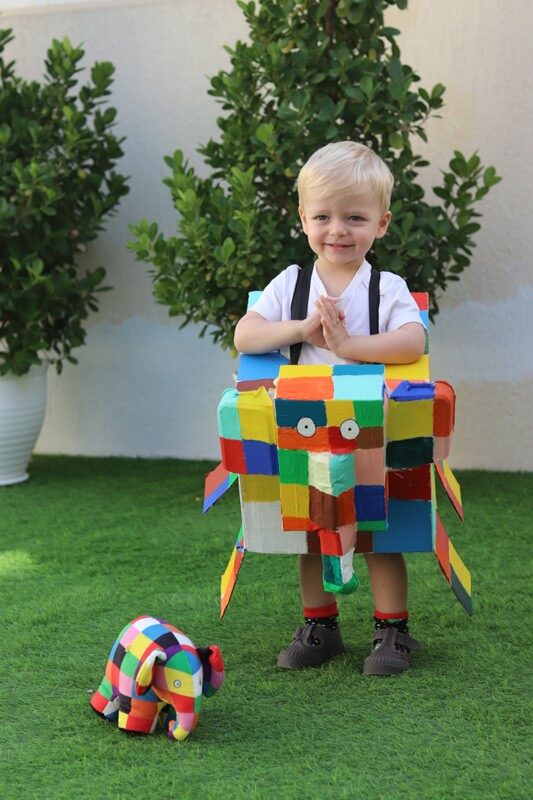 Creative activities for Nursery Children in Dubai
Creative activities for Nursery Children in Dubai
There are many creative activities that nursery children in Dubai can engage in to foster their imagination and creativity. Some examples include:
- Painting and drawing
- Sculpting with clay or playdough
- Making collages with different materials
- Building with blocks or Legos
- Dressing up and engaging in imaginative play
- Singing and dancing
- Storytelling and puppetry
- Cooking and baking
-
How to encourage imaginative play
Imaginative play is a crucial aspect of fostering creativity and imagination in children. Here are some tips on how to encourage imaginative play:
- Provide props and costumes that allow children to act out different scenarios and roles.
- Create a safe space where children feel comfortable expressing themselves and experimenting with new ideas.
- Encourage open-ended play that allows children to use their imagination freely.
- Play along with your child and model creative behavior.
- Limit screen time, which can stifle imagination and creativity.
-
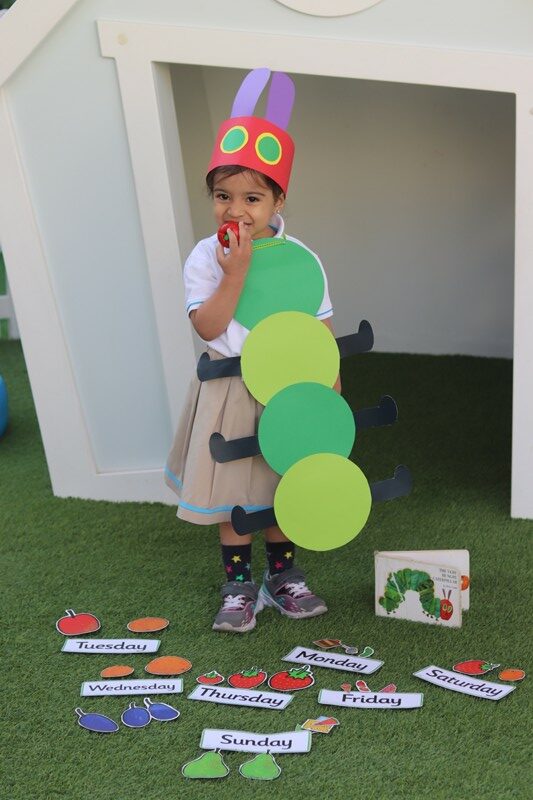 The role of storytelling in developing imagination
The role of storytelling in developing imagination
Storytelling is a powerful tool for developing imagination and creativity in children. When children hear stories, they are transported to different worlds and can visualize new ideas and experiences. Storytelling also helps children develop language and communication skills and fosters a love of reading. Parents and caregivers can encourage storytelling by reading to children, telling stories, and encouraging children to create their own stories.
-
The benefits of outdoor play for creativity and imagination
Outdoor play provides children with opportunities to explore nature, engage in physical activity, and use their imagination. When children play outside, they can create new games, explore new environments, and engage in imaginative play. Outdoor play also helps children develop gross motor skills, coordination, and spatial awareness.
-
The importance of free play
Free play is crucial for fostering creativity and imagination in children. When children engage in free play, they have the freedom to explore their interests and ideas without constraints. Free play allows children to take risks, experiment, and make mistakes, which are essential aspects of creativity. Parents and caregivers can encourage free play by providing unstructured time and space for children to play and explore.
-
How technology affects creativity and imagination
Technology can have both positive and negative effects on creativity and imagination. While technology can provide children with access to new ideas and experiences, it can also limit their imagination and creativity. Excessive screen time can lead to a lack of creativity, attention span, and problem-solving skills. Parents and caregivers can mitigate the negative effects of technology by limiting screen time, providing a variety of experiences, and encouraging imaginative play.
Don’t miss: What should a 4 year old know academically article.
How The Little Dreamers Nursery promotes creativity and imagination
The Little Dreamers Nursery is a leading nursery in Dubai that prioritizes creativity and imagination in its curriculum. The nursery provides a safe and supportive environment where children can explore their interests and ideas freely. The Little Dreamers Nursery offers a range of creative activities that foster imagination and creativity, such as painting, storytelling, music, and outdoor play.
The nursery also encourages open-ended play and provides materials that allow children to use their imagination, such as blocks, costumes, and playdough. The Little Dreamers Nursery values process over product and encourages children to focus on the journey of creating rather than the end result.
In addition, The Little Dreamers Nursery limits screen time and provides a variety of experiences that promote creativity and imagination, such as field trips, nature walks, and cultural activities. The nursery also encourages collaboration and provides opportunities for children to share their ideas and experiences with others.
Conclusion
Fostering creativity and imagination in nursery children in Dubai is crucial for their development and success in the future. By providing a supportive and creative environment, encouraging imaginative play, and limiting screen time, parents and caregivers can help children develop their creativity and imagination. The Little Dreamers Nursery prioritizes creativity and imagination in its curriculum and provides a range of creative activities that foster imagination and creativity.

